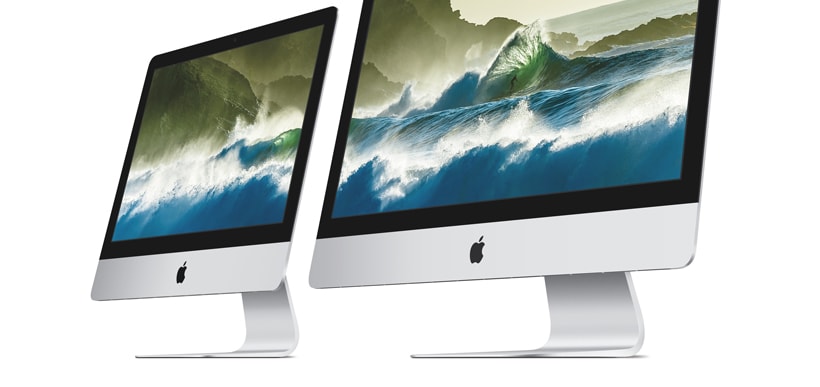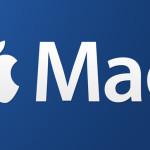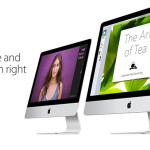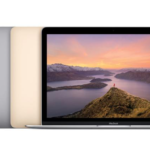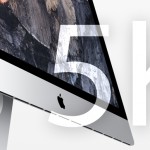According to 9toMac, an interview with Steven Levy of Backchannel was granted by Apple, discussing details regarding their new display technology. Steven Levy discussed several future plans with Apple marketing chief Phil Schiller, as well as numerous other members of Apple’s Input Design Lab.
In this discussion Apple revealed that they are focussed on improving the performance of your display, while staying green-conscious. They also make mentioned of the firm support envisioned for the iMac platform, as well as detailing new technology such as the Surface Pro 4 and Apple Surface Book.
Quantum Dot Technology Rejected
Apple has rejected Quantum Dot screen technology, which many have termed the natural success to IPS LED screens which are currently commonplace in the Apple marketplace. Quantum Dot screen technology was reject due to a cadmium, toxic element present in the technology.
Instead Apple developed an LED alternative to this toxic technology, with absolutely no detrimental impact to the environment. Bigger, crisper, greener-displays are on the draw-cards.
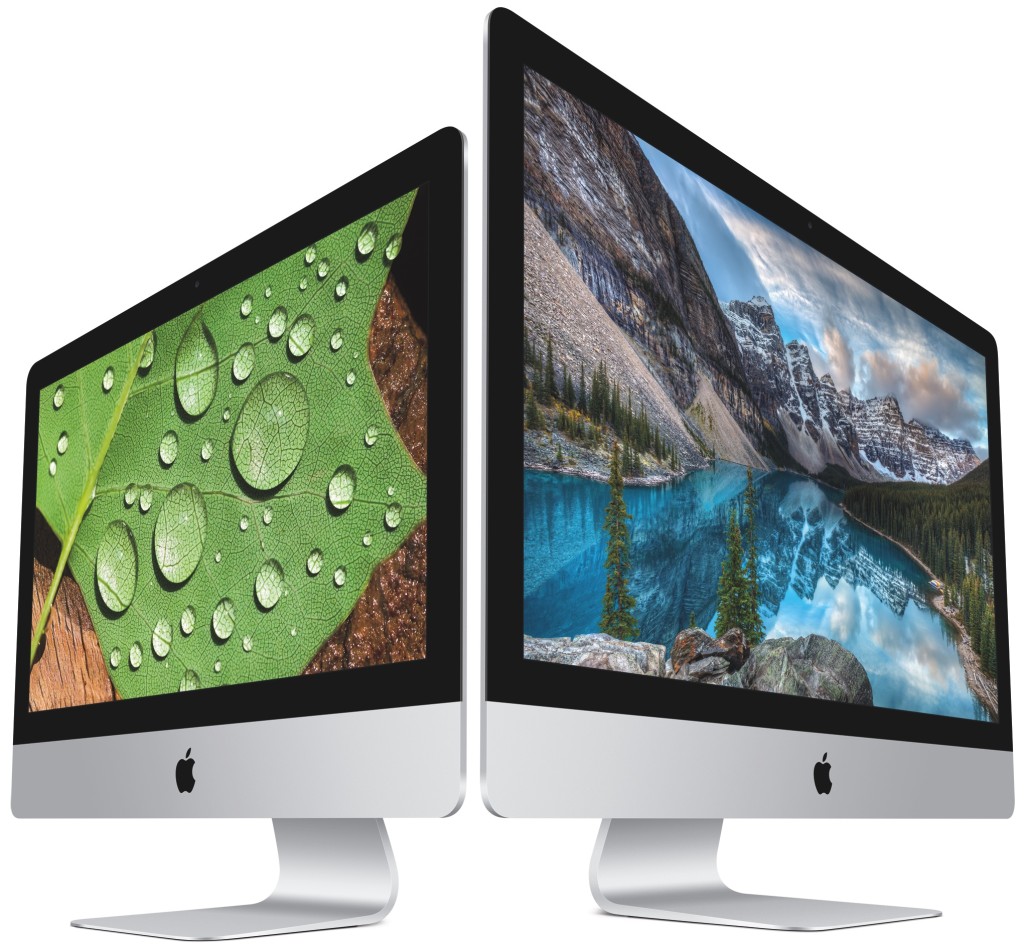
iMac’s Have a Bright Future
The discussion also went on to highlight that there will be no merging of operating systems, between OS X and iOS. Regardless of how similar the two operating systems become, iOS is the multi-touch experience. Apple will continue to support both operating systems, as each has a unique purpose. Apple also elaborates on their desktop-based, iMac range, committing themselves to pushing the limits of desktop based hardware.
Clearly stating that a desktop’s “job is to challenge what we think a computer can do and do things that no computer has ever done before, be more and more powerful and capable so that we need a desktop because of its capabilities. Because if all it’s doing is competing with the notebook and being thinner and lighter, then it doesn’t need to be.”
For those that wish to read the full article, detailing the entire conversation from Apple’s Input Lab, you can find it here.
